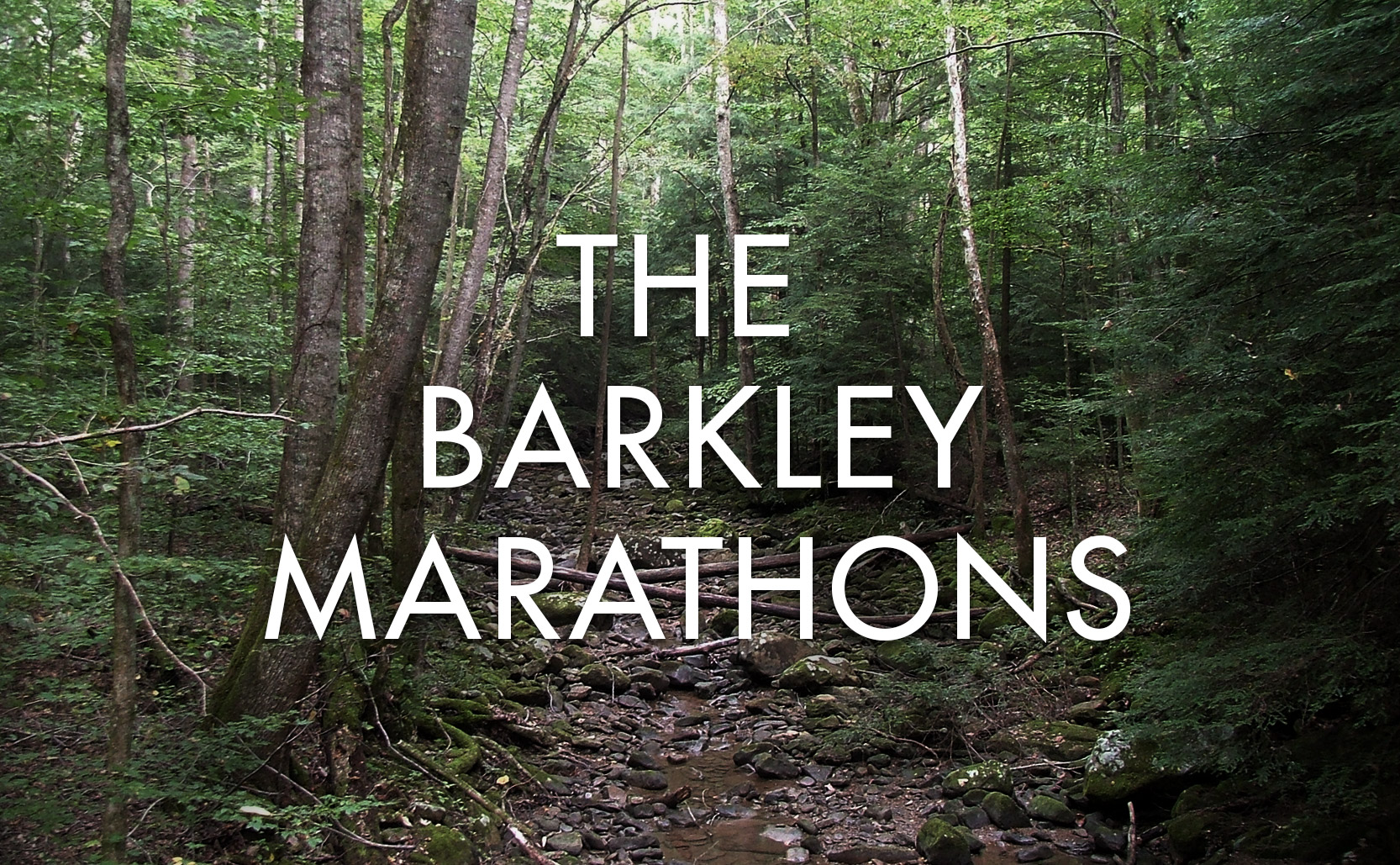the Myth of 8 Glasses of Water
You don’t need to drink 8 glasses of water a day.
In short: you only need to drink water when you’re thirsty. For millions of years humans and our human ancestors survived using thirst as an indicator that it’s time for more water. It wasn’t until the 20th century that the idea of drinking 8 glasses of water a day began.
We all need water to live but liquid water isn’t our only source. Coffee, tea, juice, soft drinks, fruits, vegetables, etc. all contain water. Depending on your diet you can get around 20% of the water you need just from food. Then because coffee, milk, juice, tea, etc. are mostly water, you’re probably already getting all the water you need each day without having to drink 8 more glasses of it.
… But Maybe You Do Need More Water
Daily water consumption is about maintaining balance: you need to replace the water you lose. If you live in a hot climate, or you’re sweating from exercise, you lose water faster than someone sitting still in a temperate climate. As such you need to replace water faster than normal which means drinking more water.
Also, should you be lost on a hike somewhere, you should ration sweat not water. Try to limit your physical exertion and sweat less but drink when you need to. A common mistake is that you should ration your water which, while it’s true you don’t want to waste a limited resource, if you’re thirsty you should drink. Your water isn’t doing you any good sitting inside a bottle.
Water water everywhere
On the flip side it’s possible to drink too much water. Exercise-associated hyponatremia is where you’re engaged in an endurance activity such as running a marathon, you sweat out water and sodium, but then you only drink water. In drinking regular water you manage to replenish your lost water but not your sodium. The result is low blood-sodium levels. This imbalance can cause poor nerve communication which leads to poor muscle control, poor performance, etc. Athletes with hyponatremia can feel nauseous, develop muscle cramps, and become confused leading some to think they’re dehydrated and drink even more water (making the situation worse).
Hyponatremia is becoming more prevalent in sports as an increasing number of novice athletes participate in long-distance endurance activities. For example in the 2002 Boston Marathon 13% of runners were found to have hyponatremia from drinking too much water. Athletes need to replenish their sodium levels along with their water. Part of the solution (pardon the pun) is to drink sports beverages that contain electrolytes (which are salts and can replenish sodium levels). This is why sports drinks boast about having electrolytes.
So, if you’re thirsty, drink some water and if you’re engaged in an endurance sport remember to get some electrolytes along with your water.
Added info: to bust another myth, consuming caffeinated beverages won’t dehydrate you. While excessive caffeine has a number of downsides, drinking coffee or tea is an acceptable a way to hydrate.





